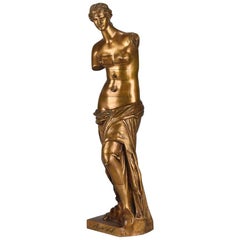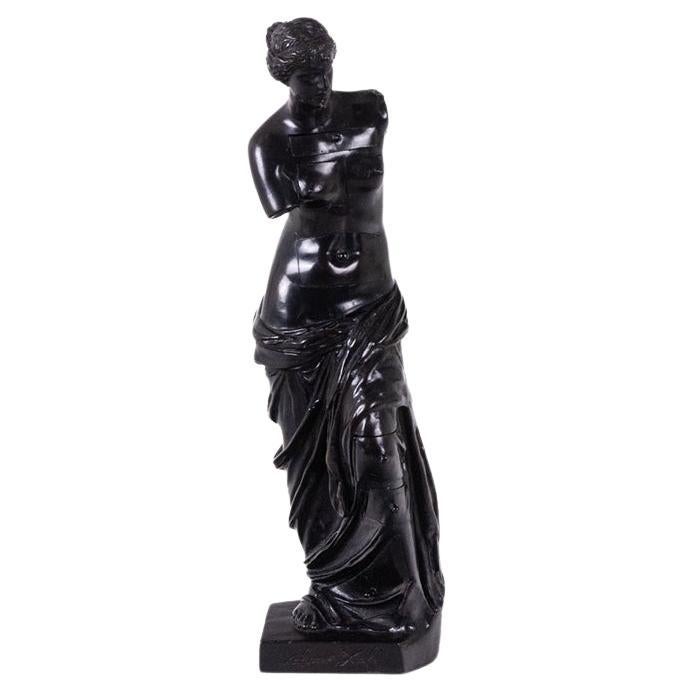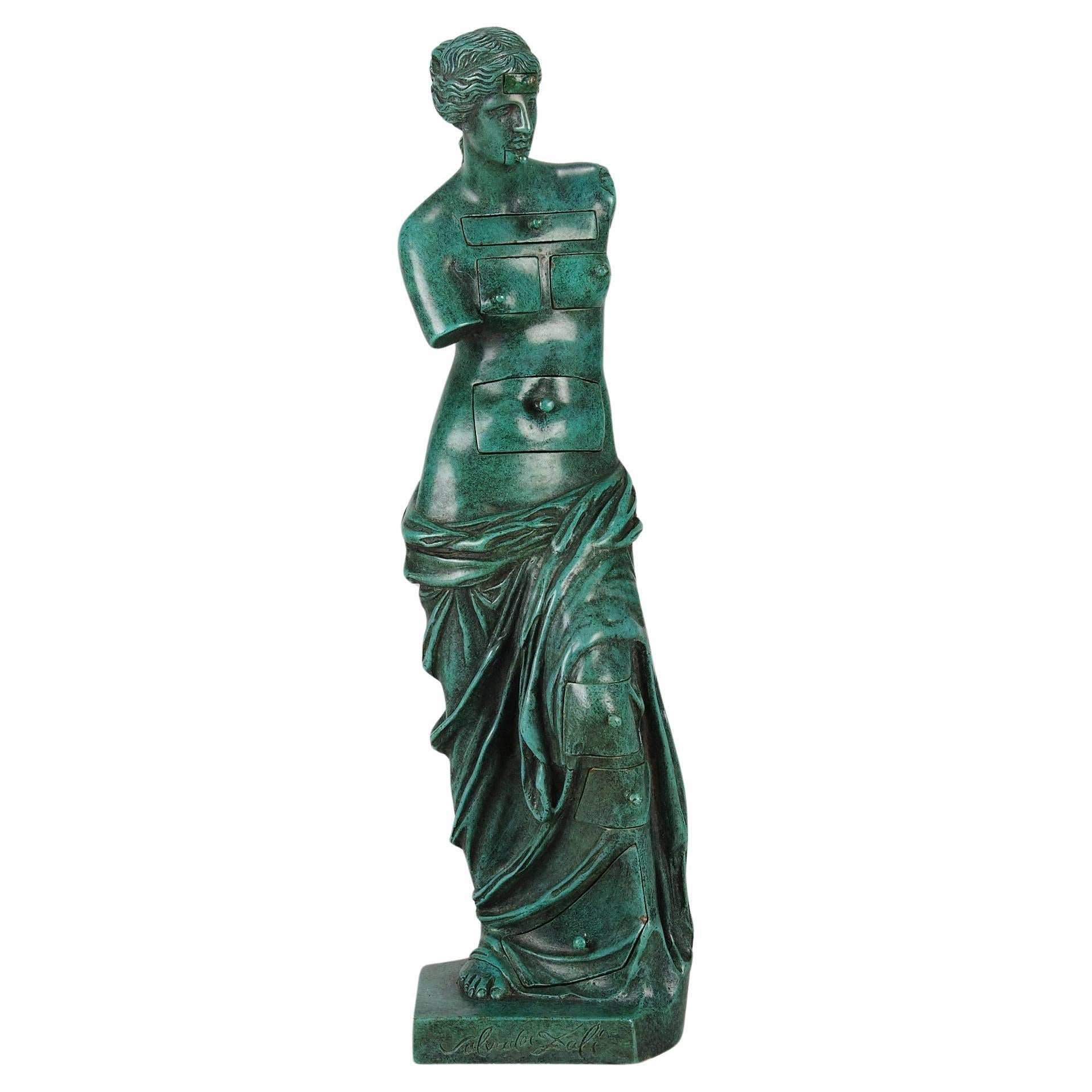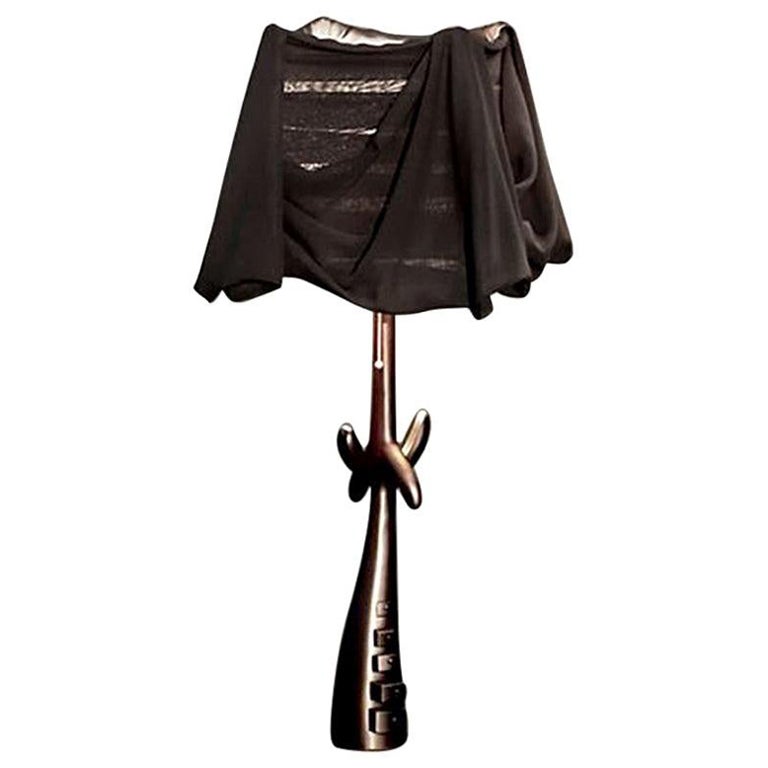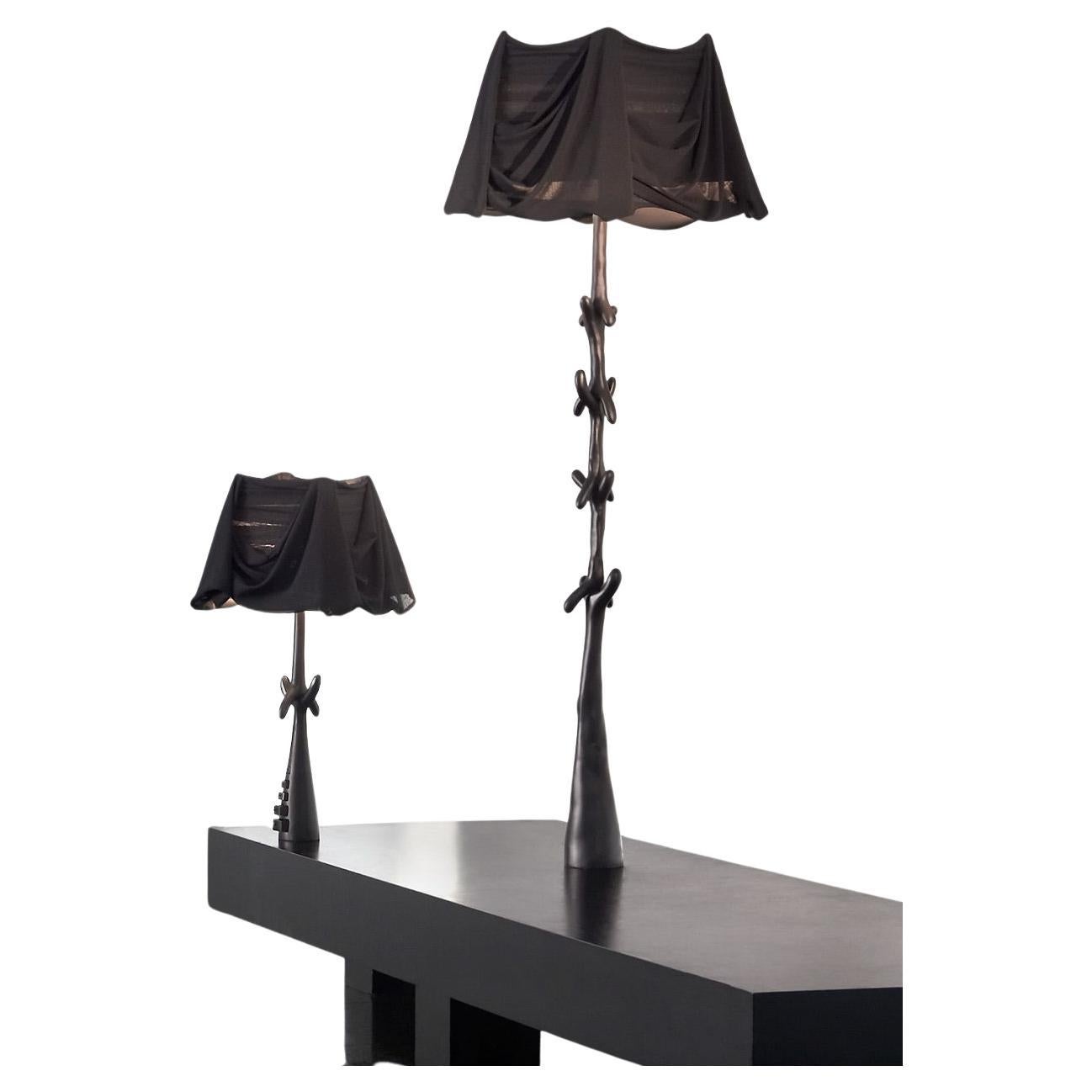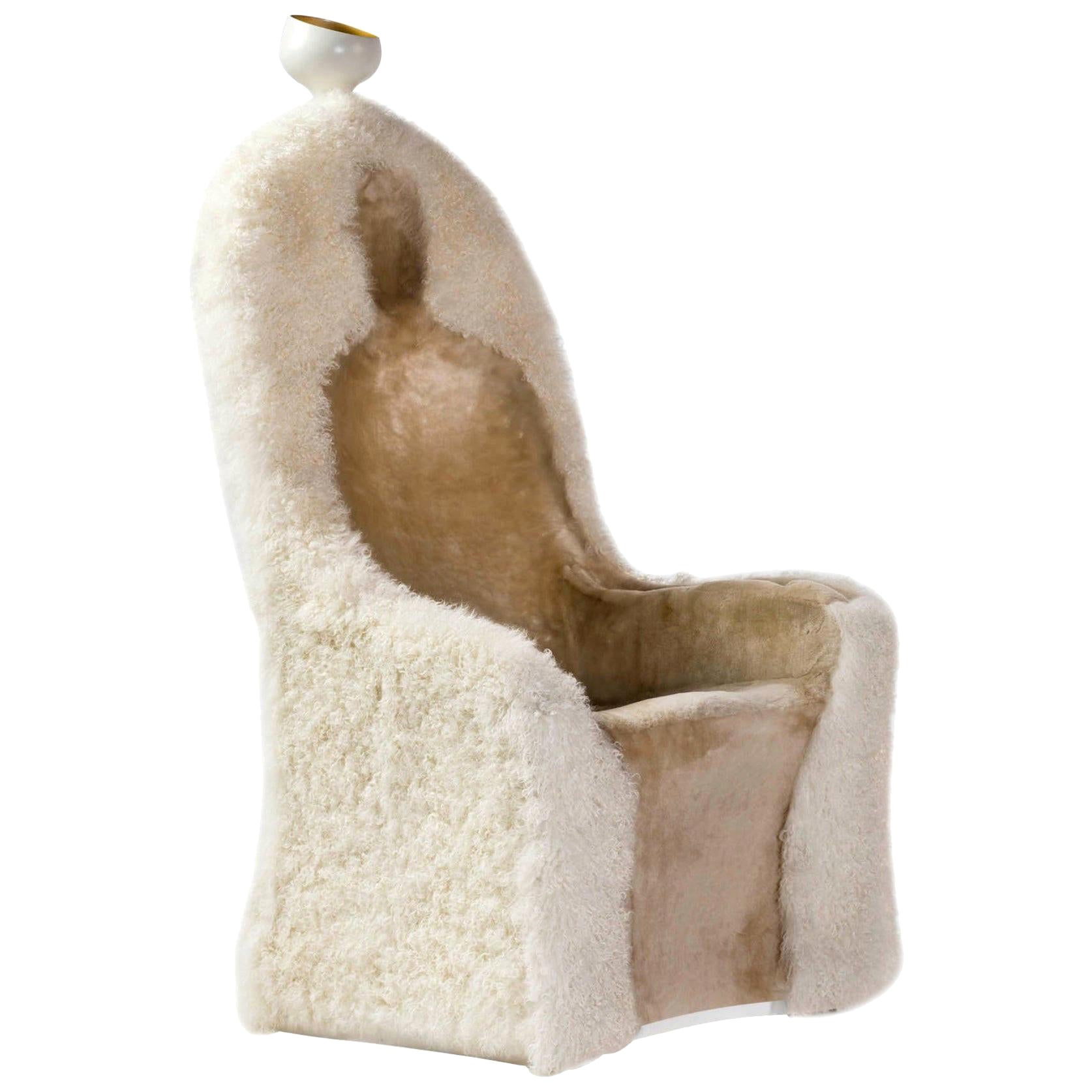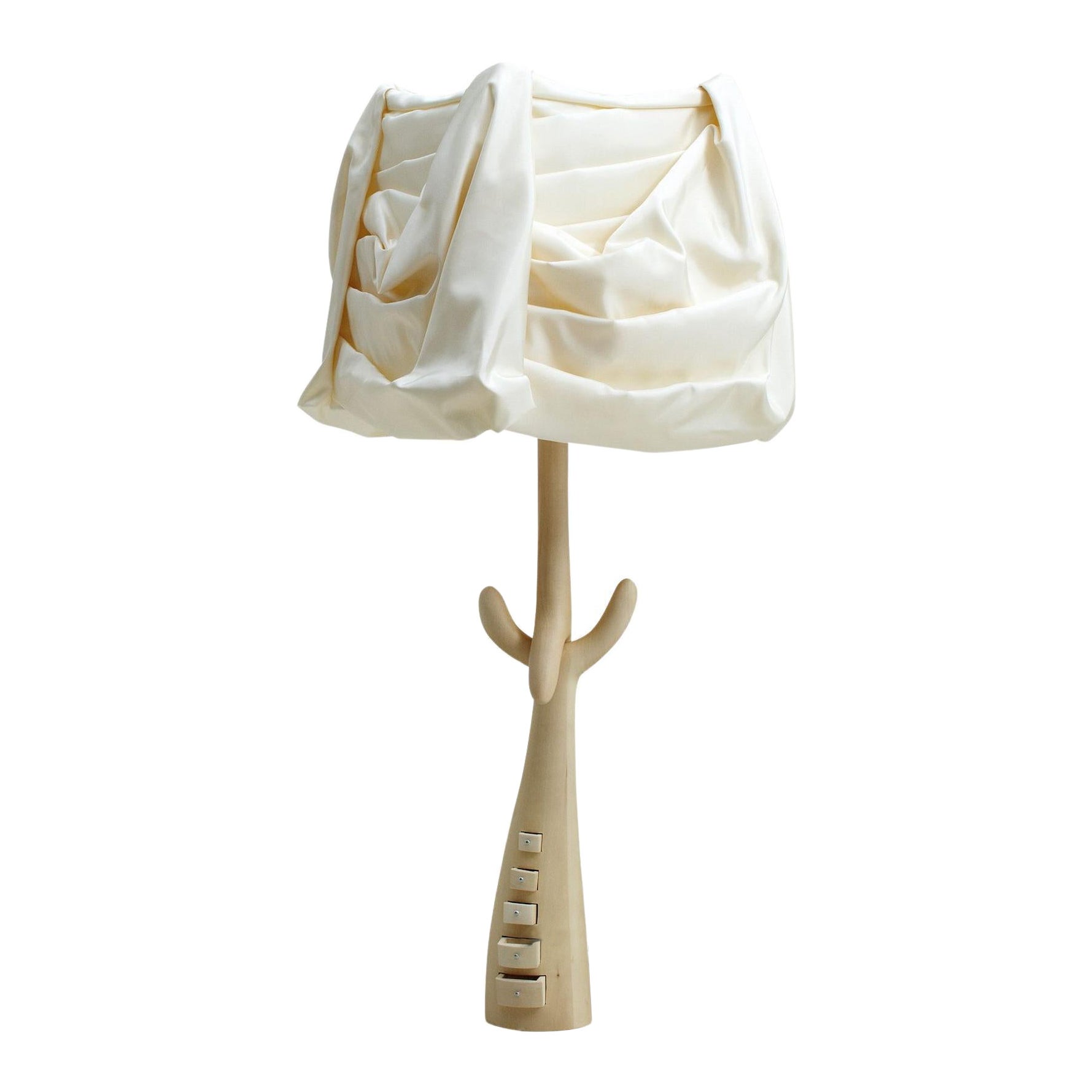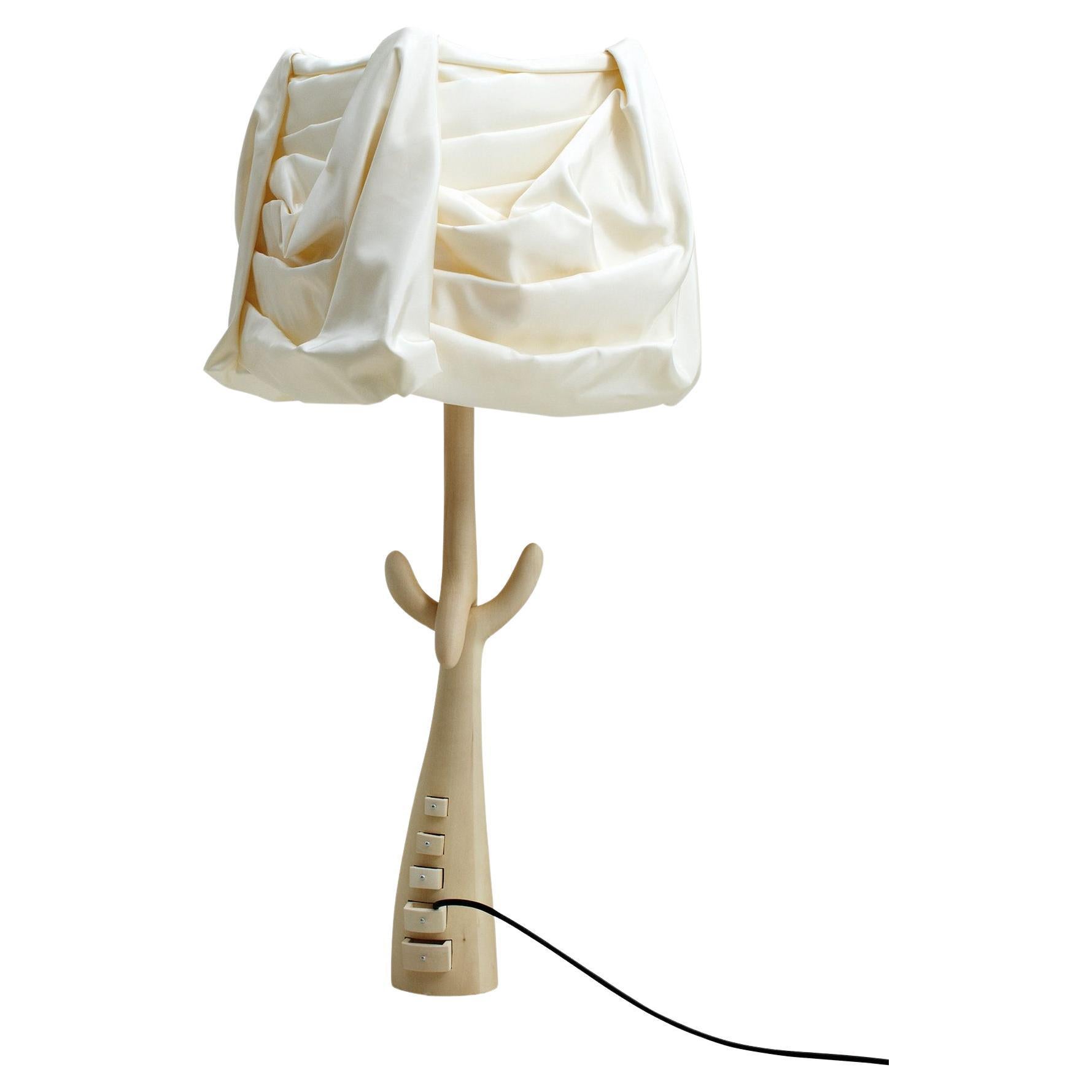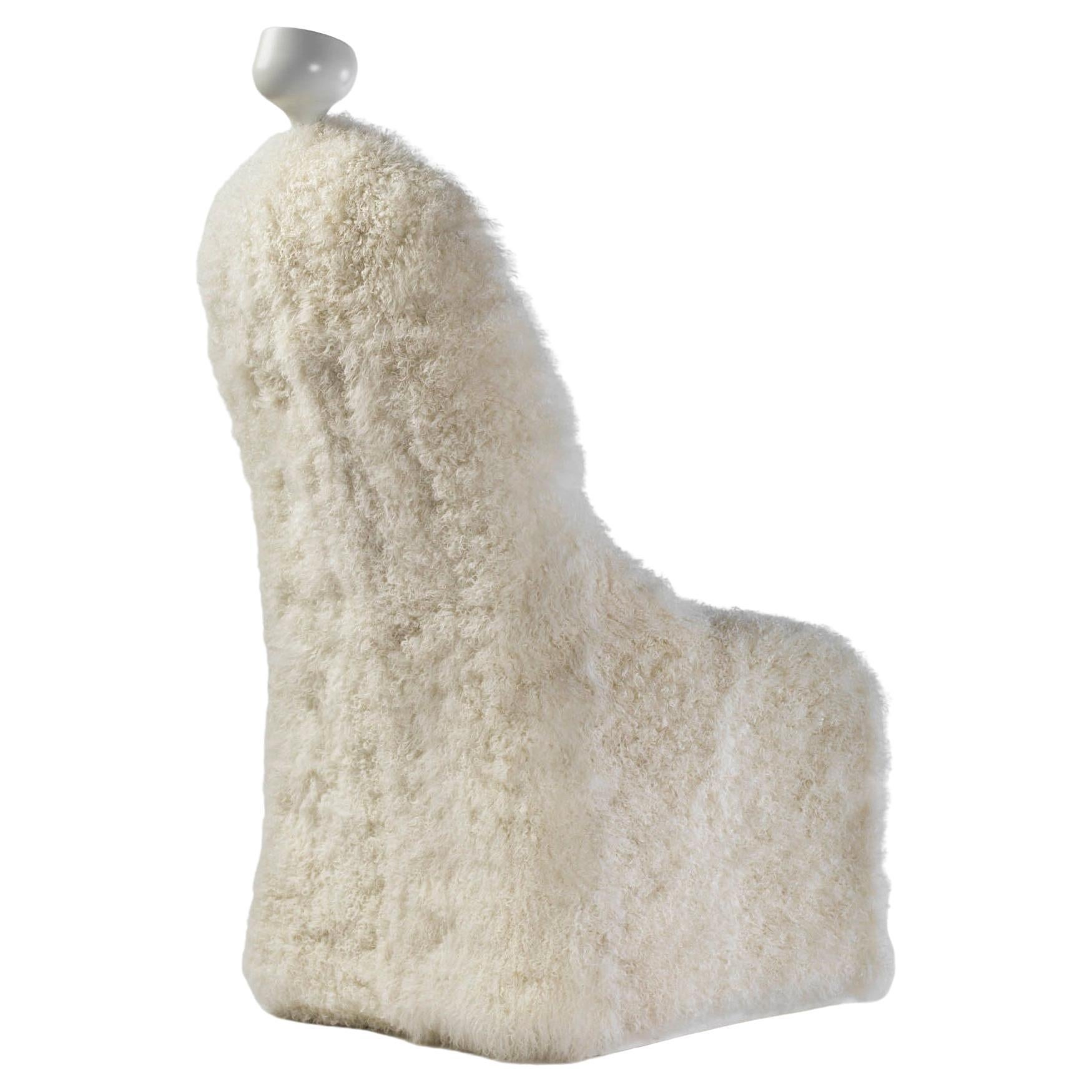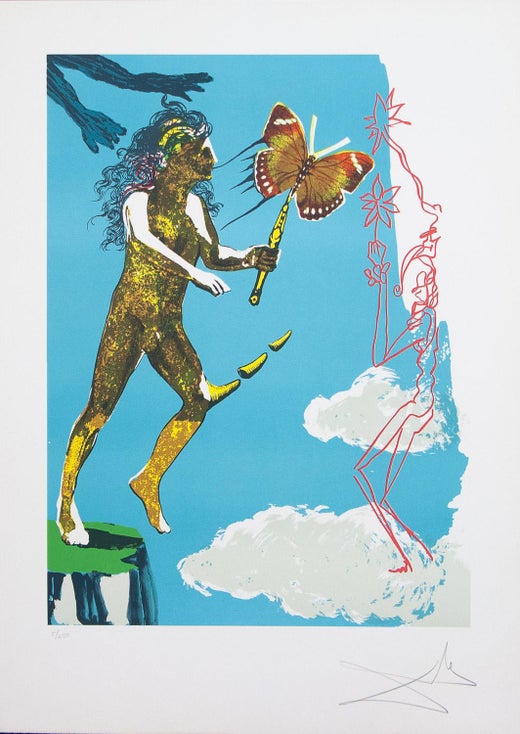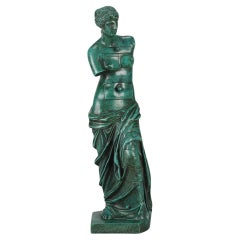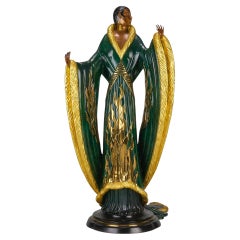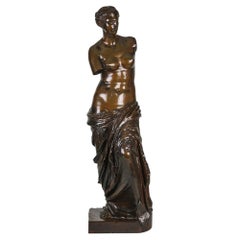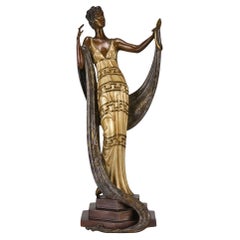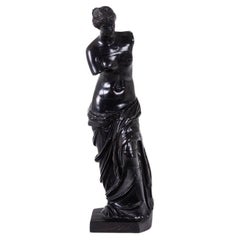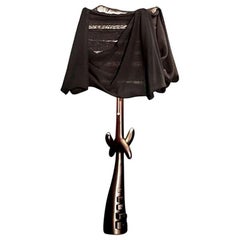Late 19th Century Art Nouveau Sculpture "Venus de Milo" by F. Barbedienne
A large and impressive late 19th Century bronze study of the famous Venus de Milo sculpture of antiquity with excellent rich brown patina and good hand finished surface detail, inscribed F.Barbedienne foundry
ADDITIONAL INFORMATION
Height: 95 cm
Width: 28 cm
Depth: 28 cm
Condition: Excellent Original Condition
Circa: 1890
Materials: Bronze
Foundry: F.Barbedienne
SKU: 7741
ABOUT
The Barbedienne Foundry is a famous 19th century bronze foundry, whose statues and art objects became rapidly very renowned. This bronze studio co-worked with other trades, and put his name to a great variety of works, such as furnishing in particular. Attending every World's Fair of its time, the Barbedienne Foundry was regularly awarded, notably at the World's Fair of 1855 where it was awarded the Great Medal of Honor.
A Parisian bronze maker and caster, Ferdinand Barbedienne (1810-1892) creates a firm in 1839 in collaboration with Achille Collas, the inventor of the mechanical method to obtain copies of sculptures at a smaller scale. With this groundbreaking proceed, they facilitated an unprecedented production. Under the “Collas et Barbedienne” name, they specialized in Antiquity copies and perfected new chemical methods for the color and patina finish of their bronzes. As a true Romantic, Ferdinand Barbedienne is committed to democratization of arts, he thus realizes numerous Antiquity copies and stimulates his contemporaries’ works broadcasting. A great deal of famous sculptures are hence cast by the Barbedienne Foundry. All his life, Barbedienne co-worked with the greatest artists, sculptors or designers of his time, such as Edouard Lievre, Ferdinand Levillain, Attarge, Aizelin, Barye or Fremiet.
Statues aside, he products a great deal of decorative artifacts, such as clocks, vases, mirrors, etc. Since 1855, Ferdinand Barbedienne collaborates with the famous decoration designer Louis-Constant Sévin (1821-1888). Joining the firm as a sculptor-designer, he stays loyal to it his life long, always finding more new designs for daily objects, which hence become true art works. Sevin’s creations, specialized in the “Neo-Greek” style, were particularly appreciated for antiquity reference in decorative arts, just like the great mirror preserved by the Orsay Museum. He also teams up with enamelers including Alfred Serre, and develops a set of “cloisonnés” enamels that made the headlines at the World's Fair of 1862 in London, which was the very beginning of the art of enamel’s return. In collaboration with Serre, Barbedienne realized between 1878 and 1889 the Monumental Clock in Renaissance style, decorated with enamels, which is preserved in the Paris City Hall.
Venus de Milo
Facts about Venus de Milo sculpture.
For much of the world, the mystery of the Venus de Milo lies in her missing arms. But there’s much more to this iconic statue than a couple of absent appendages.
1. Venus de Milo‘s title is a bit misleading.
It’s popularly believed that this Grecian statue depicts the Greek Goddess of love and beauty, who was often rendered half-naked. However, the Greeks would have called this deity Aphrodite. Nonetheless, the Roman-inspired Venus de Milo caught on.
2. She’s named in part for where she was discovered.
On April 8, 1820, a farmer named Yorgos Kentrotas came across the statue in pieces within the ruins of an ancient city on the island of Milos (formerly known as Melos).
3. Alexandros of Antioch is credited with her creation.
A sculptor of the Hellenistic period, Alexandros is believed to have carved this masterpiece between 130 and 100 BCE. The inscription on the plinth—the slab on which the statue rested—that identified him as Venus de Milo‘s creator was lost nearly 200 years ago.
4. She might not be Venus.
Some have suggested the sculpture is not Aphrodite/Venus, but Amphitrite, the sea goddess who was particularly adored on Milos. Still others have proposed she’s Victory, or perhaps a prostitute. With her arms long missing, would-be context clues have been lost for centuries. A spear could have meant one thing, a spool of thread another. If she held an apple—as some reports claim—it could mean she was Aphrodite, holding the award given to her by Paris before the Trojan War began. To this day, it’s a matter of passionate debate.
5. She became a gift to the King of France.
When Kentrotas called upon a French naval officer to help him unearth the spectacular sculpture, he began a chain of events that would eventually lead to the Marquis de Rivière presenting Venus de Milo to Louis XVIII. In turn, the ruler gave the statue to the Louvre, where it is on display to this very day.
6. The loss of her limbs is the fault of the French.
Kentrotas did find fragments of an arm and a hand when he uncovered the statue in the ruins, but as Venus de Milo was being reassembled, those arms were discarded for having a “rougher” appearance. Modern art historians believe that the variation of finish does not mean those arms did not belong to Venus, but both the arms and the original plinth have been lost since the piece moved to Paris in 1820.
7. The original plinth was ditched on purpose.
Sight unseen, early 19th century art historians decided the newly discovered Venus must have been the work of Greek artist Praxiteles, and publicized the work as such. This attribution would have placed the piece in the Classical period (5th through 4th centuries BCE), which was more respected artistically than the Hellenistic period. To save face and better promote Venus de Milo—even at the cost of misinforming the public—the plinth was removed before it was presented to the King.
8. Venus de Milo was meant to make up for a national embarrassment.
During his conquests, Napoleon Bonaparte had plundered one of the finest examples of Greek sculpture, Venus de’ Medici, from Italy. In 1815, the French government returned that beloved sculpture, but in 1820, France embraced the chance to fill the hole its absence left in the French culture and national pride. As such, Venus de Milo was promoted as being even greater than Venus de’ Medici upon her Louvre debut. The ploy worked, and the piece was met with almost universal praise from artists and critics.
9. Renoir was not impressed.
Perhaps the most famous of Venus de Milo‘s detractors, the celebrated Impressionist painter dismissed this delicate depiction of grace and female beauty as “a big gendarme.”
10. She went into hiding during World War II.
By the autumn of 1939, war threatened to descend on Paris, so Venus de Milo along with some other priceless pieces, such as Winged Victory of Samothrace and Michelangelo’s Slaves, were whisked away for safekeeping at various châteaux in the French countryside.
11. She’s been robbed!
Venus is missing more than just her arms. She was originally draped in jewellery including a bracelet, earrings and a headband. These flourishes are long lost, but the holes for fixing them to the piece remain in the marble, giving clues to the missing accessories.
12. She lost her colour.
While it’s easy for today’s art admirers to think of Greek statues as white, the marble was often painted in the style of polychromy. However, no trace of the original paint scheme remains on Venus de Milo today.
13. She’s taller than most people.
Even with her slight slouch, Venus de Milo stands at 6 feet 8 inches tall.
14. She could be a copy.
Art historians have noted that Venus de Milo bears a striking resemblance to Aphrodite of Capua, which is a Roman era copy of a possibly late 4th century BCE bronze Greek original. That would be at least 170 years before Alexandros carved his goddess, leading some to speculate that both statues are actually replicas of an
older statue...
